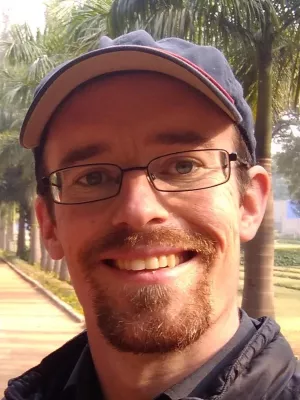
Thomas Pugh
Senior lecturer

A Lagrangian model of air-mass photochemistry and mixing using a trajectory ensemble : The Cambridge Tropospheric Trajectory model of Chemistry And Transport (CiTTyCAT) version 4.2
Author
Summary, in English
A Lagrangian model of photochemistry and mixing is described (CiTTyCAT,stemming from the Cambridge Tropospheric Trajectory model of Chemistry AndTransport), which is suitable for transport and chemistry studies throughoutthe troposphere. Over the last five years, the model has been developed inparallel at several different institutions and here those developments havebeen incorporated into one "community" model and documented for the firsttime. The key photochemical developments include a new scheme for biogenicvolatile organic compounds and updated emissions schemes. The key physicaldevelopment is to evolve composition following an ensemble of trajectorieswithin neighbouring air-masses, including a simple scheme for mixing betweenthem via an evolving "background profile", both within the boundary layerand free troposphere. The model runs along trajectories pre-calculated usingwinds and temperature from meteorological analyses. In addition, boundarylayer height and precipitation rates, output from the analysis model, areinterpolated to trajectory points and used as inputs to the mixing and wetdeposition schemes. The model is most suitable in regimes when the effects ofsmall-scale turbulent mixing are slow relative to advection by the resolvedwinds so that coherent air-masses form with distinct composition and stronggradients between them. Such air-masses can persist for many days whilestretching, folding and thinning. Lagrangian models offer a useful frameworkfor picking apart the processes of air-mass evolution over inter-continentaldistances, without being hindered by the numerical diffusion inherent toglobal Eulerian models. The model, including different box and trajectorymodes, is described and some output for each of the modes is presented forevaluation. The model is available for download from a Subversion- controlledrepository by contacting the corresponding authors.
Publishing year
2012
Language
English
Pages
193-221
Publication/Series
Geoscientific Model Development
Volume
5
Issue
1
Document type
Journal article
Publisher
Copernicus GmbH
Topic
- Environmental Sciences
Status
Published
ISBN/ISSN/Other
- ISSN: 1991-959X

